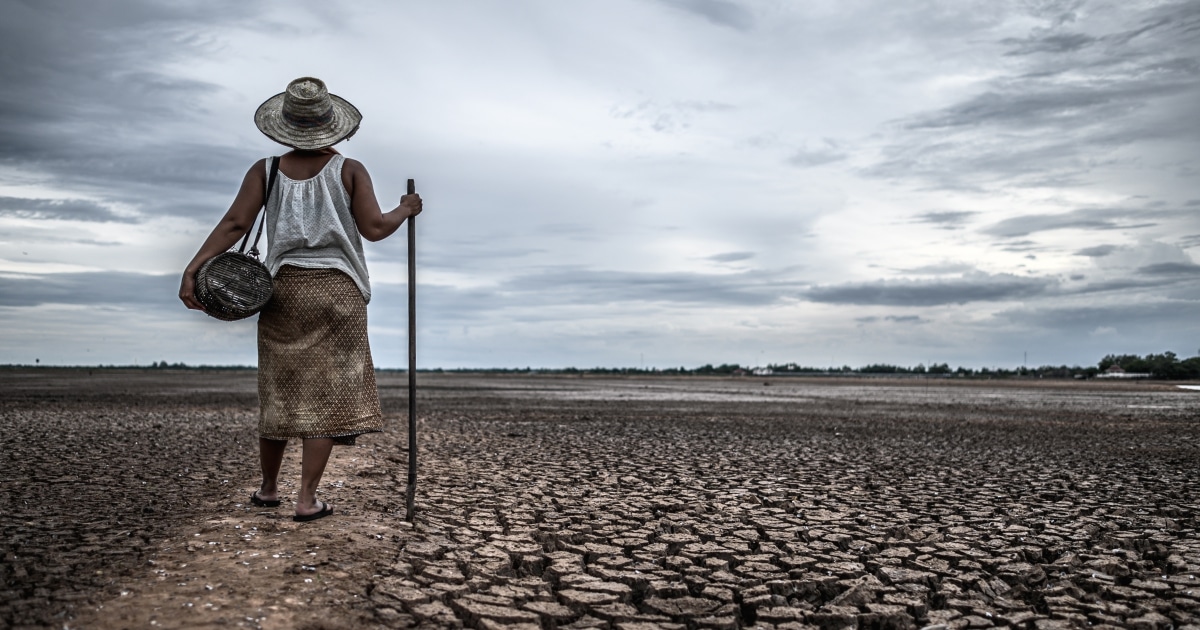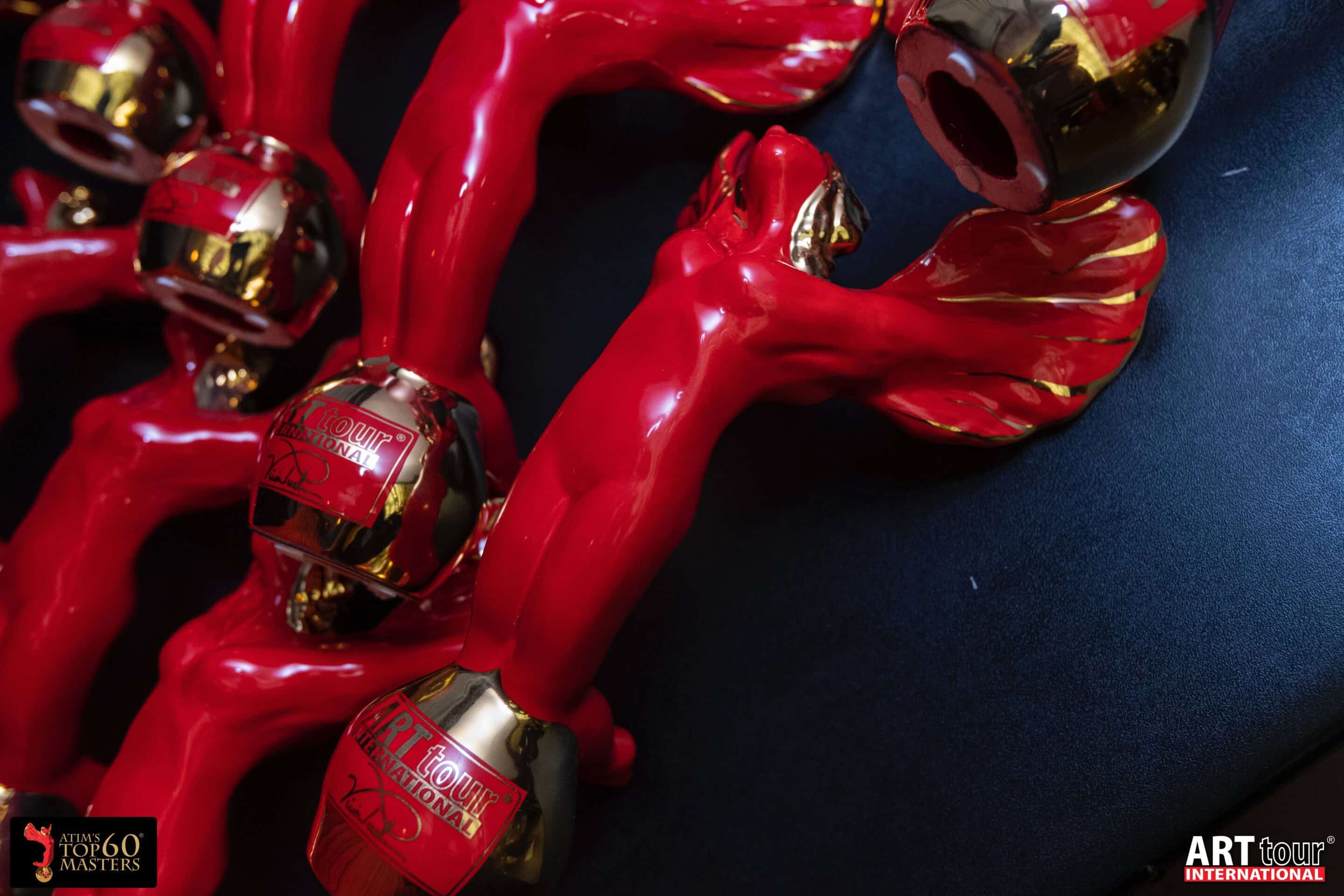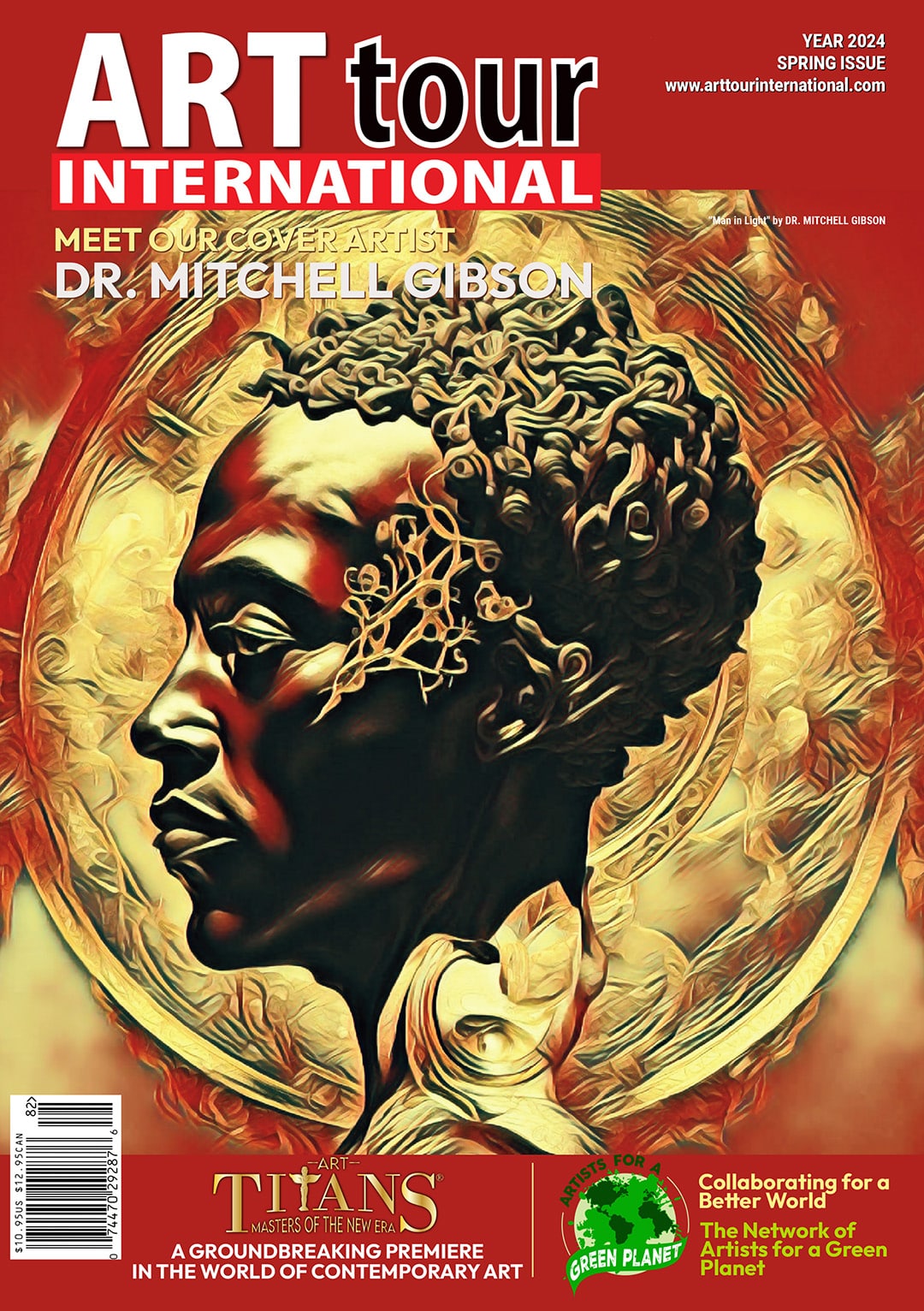Water Shortages and Art Supply: An Alarming Connection
The world faces a major water crisis with far-reaching implications for the environment and global society. As water resources become increasingly scarce, it is important to examine the impacts of this crisis on all aspects of life, including the art industry. Environmental conservation is a crucial part of addressing this water crisis, and it’s essential to understand the potential risks of water shortages on the availability of art supplies.
The water crisis
The global water crisis is one of our most urgent and pressing environmental issues. It affects millions of people worldwide, and the lack of access to clean, safe drinking water is an issue that has become increasingly alarming. The water crisis doesn’t just affect those living in poverty; it also has a ripple effect on the art industry.
In some parts of the world, extreme droughts and heat waves have caused shortages in resources necessary for art production, such as paint, ink, and other supplies. For example, many artists rely on traditional mediums like acrylic paints, which require much water for mixing and cleaning. This has led to an upcycling of materials by artists who have had to switch to alternative supplies, such as recyclable materials or found objects, to create their works. Additionally, some artists are taking action to raise awareness of the global water crisis by creating work that focuses explicitly on the importance of clean water and its scarcity in some areas.
The water crisis not only affects how artists create their work, but it can also pose a threat to artwork and artifacts that are centuries old. As temperatures rise and droughts become more frequent, some artworks become vulnerable to damage or even destruction due to a lack of access to proper care and conservation. These works, often part of cultural heritage, must be protected and preserved.
Overall, the global water crisis is having a significant impact on the art industry. Artists are having to change their processes and materials, and there is a greater emphasis on creating work that serves to raise awareness about the importance of protecting our natural resources. By taking action and making a difference, artists are helping to bring attention to this crisis and inspiring others to join the fight against it.
How it affects art supply
The water crisis is having a significant impact on the art industry. As water shortages become more frequent, supplies for artists and collectors are becoming more challenging to come by. Without water access, many artists resort to upcycling materials and finding new ways to make artwork. Unfortunately, this can limit the range of available materials and increase the cost of the artwork.
In addition, some areas that have been hit hardest by the water crisis may no longer be able to sustain their traditional art industries, as they depend heavily on water. This could mean a shift in the production of art supplies and a change in what artists can create.
Fortunately, artists are taking action and making a difference regarding the water crisis. Many focus on bringing awareness to the issue or using their artwork to fund clean water initiatives. Others are turning to renewable materials, such as those that can be used without water or harvested from renewable sources. This not only helps reduce their own consumption of water-related supplies but also helps reduce their own ecological footprint.
What can artists do about it?
As the global water crisis continues to affect art supplies, artists have an essential role in addressing the issue. By upcycling materials and taking action, they can make a difference and ensure that future generations can access the same art supplies.
One way artists can help is by reusing materials they already have. This can include repurposing items such as bottles, paper, cardboard, and fabric. By upcycling these materials, artists can create beautiful works of art while reducing their use of new materials. Additionally, artists can look for ways to reduce water consumption when producing artwork. This can involve using non-toxic materials that do not require as much water for cleaning or taking shorter showers when washing paintbrushes and other tools.
Furthermore, artists can participate in campaigns and initiatives advocating for better water management policies. This includes raising awareness through artwork, joining protests, writing letters to policymakers, and engaging with the public about water conservation. By taking these steps, artists can help ensure that their supplies will be available for future generations.
Finally, artists can get involved with local organizations working towards improving their community’s water situation. This could include participating in clean-ups or attending workshops teaching water conservation. By participating in these initiatives, artists can demonstrate their commitment to protecting the environment and conserving resources.
Overall, artists have a major role in addressing the global water crisis. By upcycling materials, taking action, and getting involved with their local communities, they can make a difference and help ensure the sustainability of art supplies for future generations.
How collectors can help
Collectors play an essential role in alleviating the effects of water shortages on the art industry. In addition, by supporting artists, collectors can help to reduce the environmental impact of their purchases.
Collectors can help by educating themselves on the water crisis, supporting artists who are upcycling materials, or taking action to help conserve water. When buying art, collectors should consider only works that use sustainable materials, such as recycled paper and other reused materials. Additionally, they should look for works produced with minimal water usage or ask artists to provide details on how they sourced their materials and if any water was used.
By investing in artists who are making a difference, collectors can support meaningful projects and help ensure the sustainability of the art industry. In addition, when collectors choose to buy art produced in a sustainable way, they are helping to support artists who are leading the charge for more sustainable practices.
How the industry can change
The water crisis is an alarming problem that affects the art industry, and steps must be taken to alleviate the situation. Fortunately, there are many ways in which artists can work to make a difference and effect change within the industry.
First, artists can make efforts to reduce water consumption and to recycle or upcycle their supplies. By reusing paint, canvas, and other materials, artists can limit their use of new materials, reducing their reliance on water-intensive production processes. Additionally, artists can invest in sustainable materials whenever possible, such as recycled paper for printing or reused wood for frames.
Second, artists can take action by raising awareness about the water crisis through their work. Through their art, they can express the importance of conservation and draw attention to the effects of the water crisis on their craft. This can spark conversations around sustainability and ignite essential conversations within the art industry.
Finally, artists can support initiatives that protect water sources and ensure access to clean water. By supporting organizations like WaterAid or The Water Project, they can help make a difference in people living without clean drinking water. Artists can also participate in local conservation projects or join forces with other creatives to build awareness about the issue.
Through upcycling, taking action, and making a difference, artists have the power to create positive change within the art industry. However, as this issue gains traction and becomes more urgent, we must all come together to find a solution and secure our shared resources for generations to come.
















0 Comments